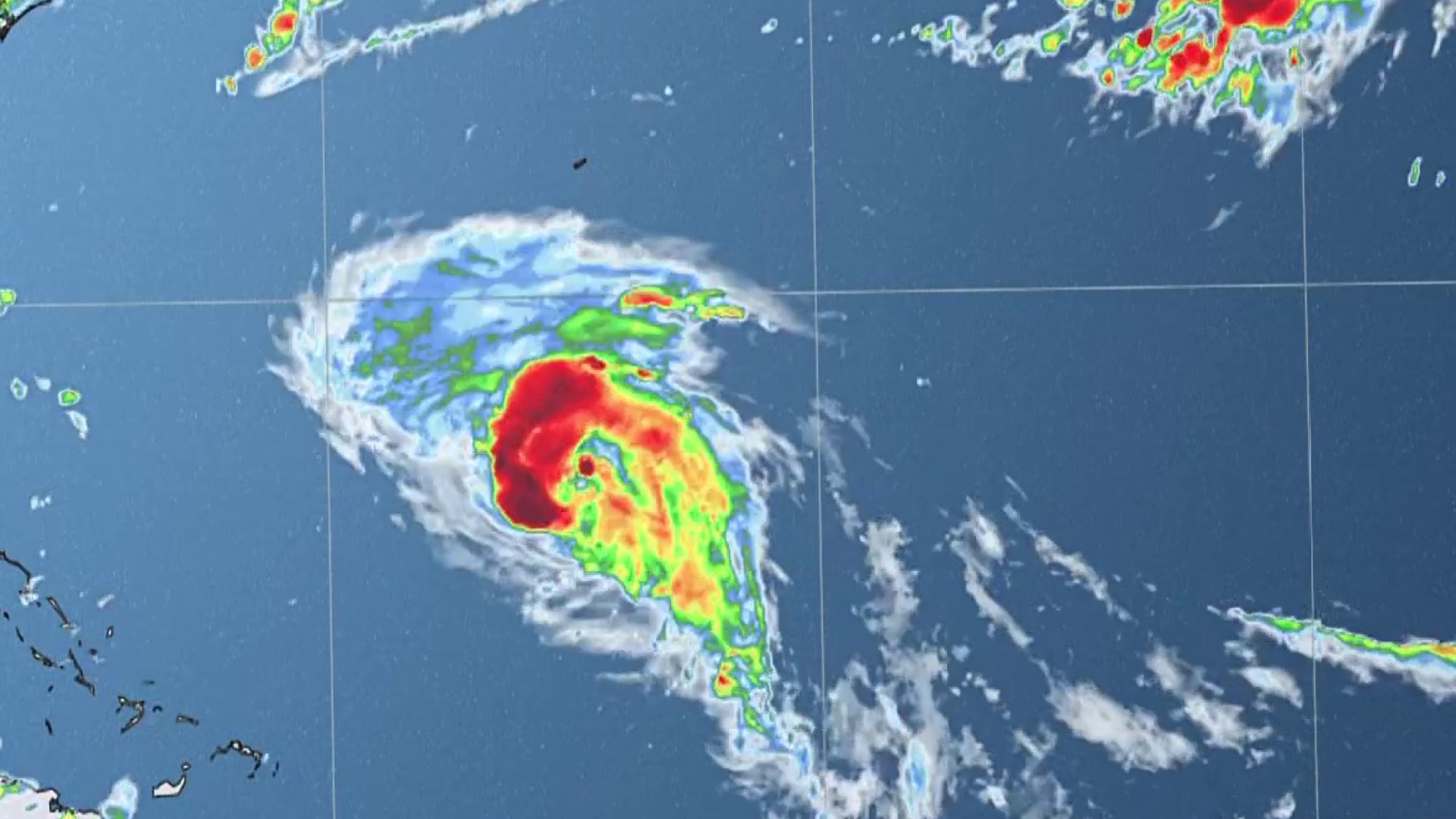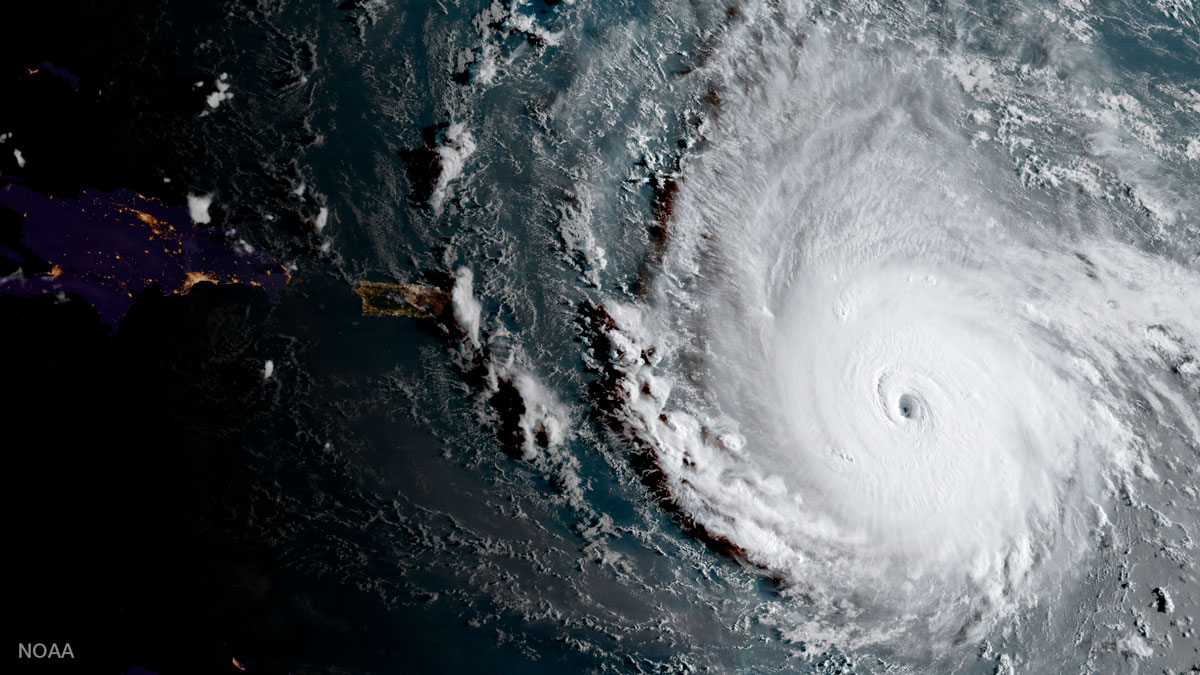This week marks the historic peak of Hurricane Season each year. Saturday is also the five-year anniversary of Hurricane Irma’s landfall on Cudjoe Key in South Florida on Sep. 10, 2017.
Long before Irma made landfall in the Caribbean, it was already shattering records.
Developing on Aug. 30, 2017, it exploded to a Category 5 by Sep. 5 and became the strongest storm in the Atlantic Basin, until Dorian just two years later.
Irma was the first Category 5 to strike the Leeward Islands and currently holds the record for its 185mph winds for thirty-seven straight hours.
Get South Florida local news, weather forecasts and entertainment stories to your inbox. Sign up for NBC South Florida newsletters.
ATLANTIC HURRICANE SEASON
It is also the third strongest Atlantic landfall on record — behind Dorian and the 1935 Labor Day Hurricane — and destroyed 95% of Barbuda and Saint Martin.
Irma had seven landfalls between Sep. 6 and Sep. 10 including Cudjoe Key, and six hours later, Marco Island.
When the storm made landfall on Cudjoe Key as a Category 4 — because the eye was just east of Key West by only a few miles — it spared Key West the worst damage. However, everything east of the eye — like Marathon and Islamorada — was devastated, and lives were changed forever.
Because of the huge counter-clockwise rotation around the eye and the storm’s massive size and power, a historic storm surge was felt from the Keys to Brickell to Jacksonville to the Carolinas.
Two weeks later, Hurricane Maria would devastate Puerto Rico.
The following year, Irma, Maria, Harvey and Nate were all retired as storm names.



